Planning a trip anywhere in the world can be tricky. But when that trip is to Italy, a country with so much to see and do, it gets even harder. That’s where we come in. To help make it as easy as it possibly can be, we’ve come up with this comprehensive guide to help you plan a trip to Italy on your own.
In this guide, you’ll find everything you need to know about planning the perfect trip. This comprehensive guide includes when you should go to Italy, documents or IDs you need, money and budget, a couple of itineraries, how to get tickets, and more. By the time you’re finished reading this, you’ll be on your way to planning your Italian adventure with the confidence to do it yourself.
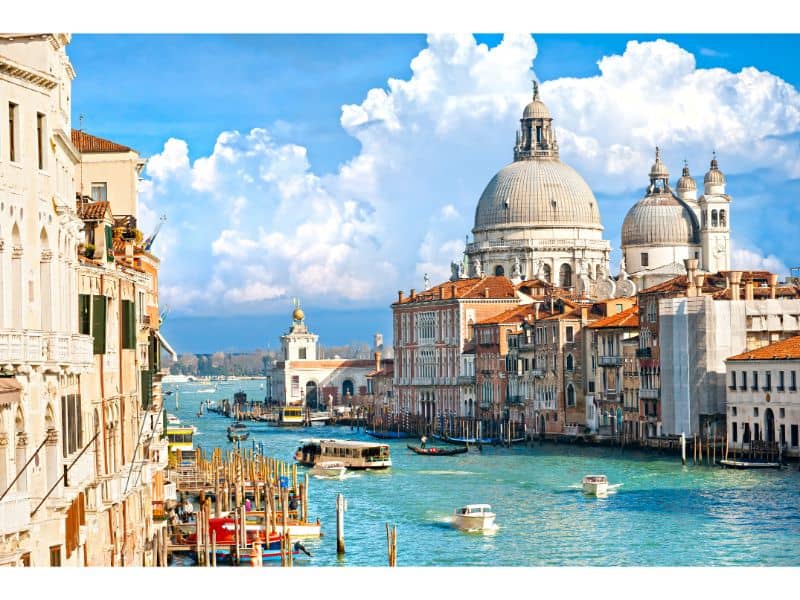
So without further adieu, let’s start going and get the trip of your dreams planned in no time!
Planning A Trip To Italy
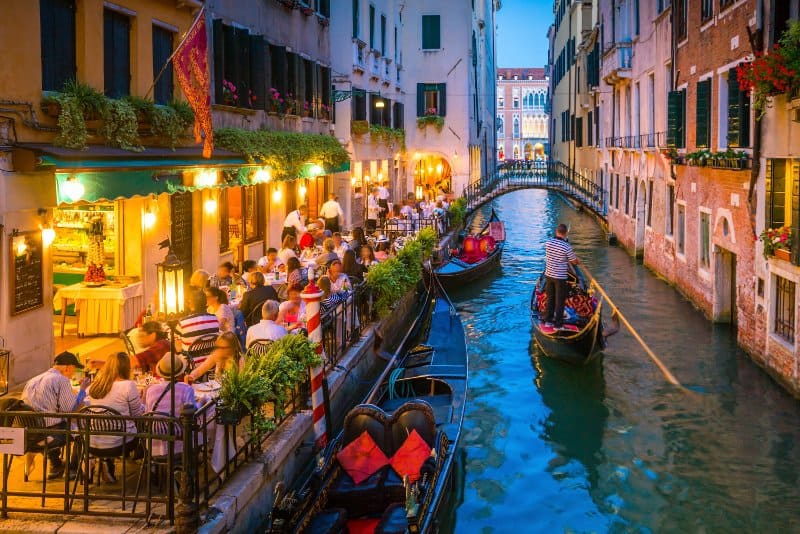
When To Go To Italy
Italy is such a beautiful country with so much to see and do. You are sure to have an unforgettable experience no matter when you decide to make the trip. But to have the best possible time while there, there are better times than others.
The most important things to keep in mind when planning your dream Italian vacation are the weather and the holidays and events (because of crowds) that you might need to plan around.
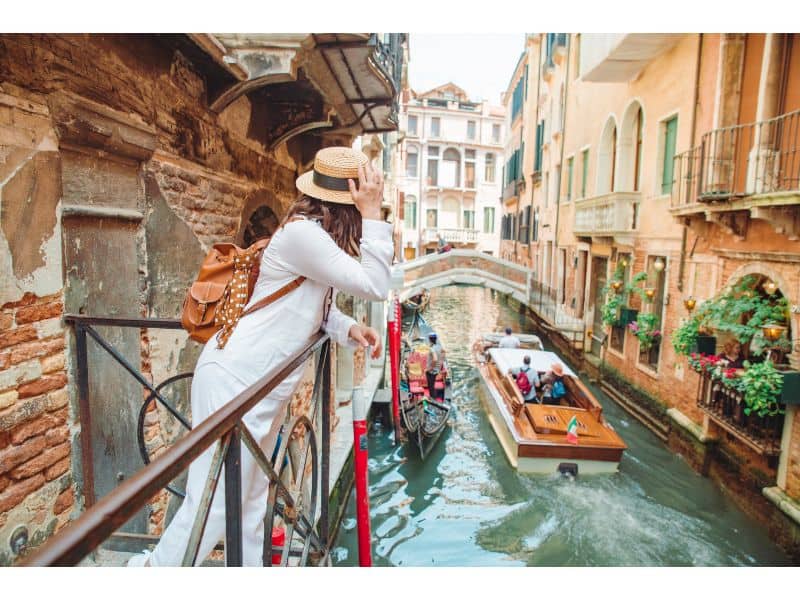
The best times of the year to visit Italy are from April to June and September through October. During these months of the year, you’ll experience pleasantly mild temperatures at all times, breathtaking colors all around you, and you’ll avoid the massive crowds of the high travel season (unless you’re planning your trip around Easter). Let’s take a little deeper look at why these are the best months to travel around Italy.
Nobody wants to plan a trip to Italy only to have it ruined by bad weather once you arrive. And while you can’t plan for everything, you can set yourself for the best chance of having great weather. The two big things in Italy you need to keep in mind are heat and rain.
Try to avoid traveling in late summer (July through August) because the temperatures outside can be relentless during the day. But you’ll also want to avoid traveling too early in the year or too late because the chances of rain are higher in early spring and late fall.
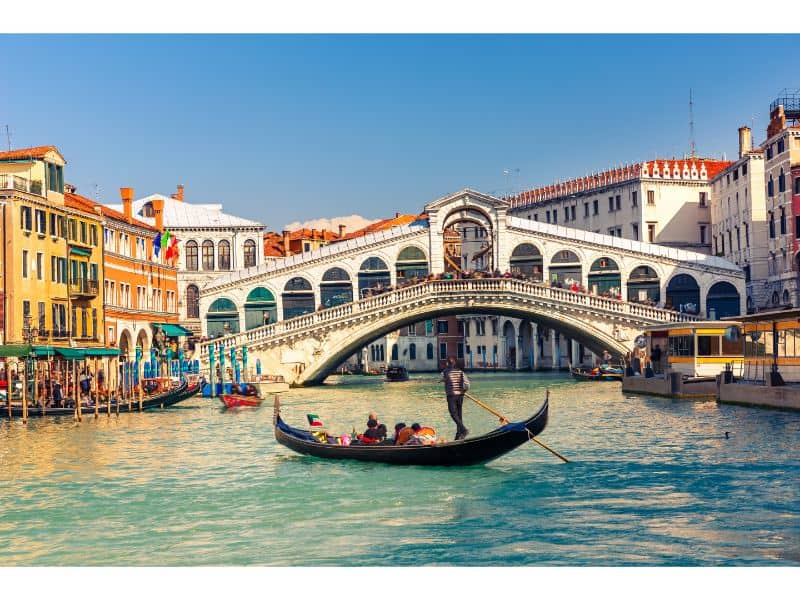
When it comes to crowds, you’ll always have some to deal with depending on where you travel. If you’re going to Rome, for example, there will always be crowds to some extent. But the worst time to travel to Italy due to crowds is through the summer.
With visitors and locals alike enjoying their kids being out of school and the warm weather, it gets packed. Also, certain religious holidays such as Easter and Christmas will be some of the busiest times of the year.
So if you want to have the best possible trip to Italy, try booking it from April through June or September through October!
Documents (IDs/Passports/Visas)
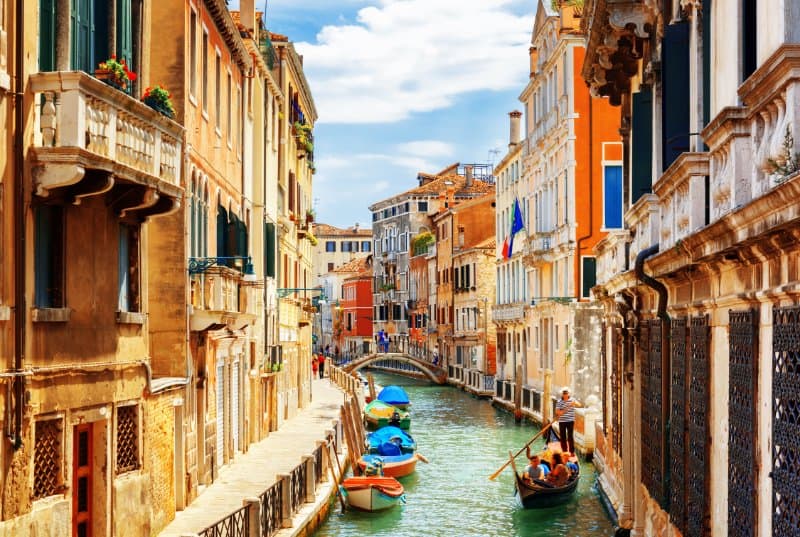
If you’re traveling to Italy internationally, you might be worried about what type of documents you need to make the trip. Do I need a visa? Will my passport suffice? Is my photo ID or driver’s license enough identification?
Although we wish there was a blanket answer covering all bases, it actually differs from country to country, so it can be difficult to figure out exactly what you need. But to help keep it as simple as possible, we’ve compiled some of that information here for you!
European Union and the UK
As a member of the European Union (EU) itself, Italy does not require any extravagant documentation or identification from citizens of other EU countries. Anyone traveling from any of the other countries or states of the EU can go to Italy with nothing more than simple photo identification.
This same rule also applies to travelers from the UK even though they recently exited the EU. So if you’re from the UK or the EU, it’s super easy to travel to Italy!
United States, Canada, Australia, and New Zealand
For those of you traveling from the United States, Canada, New Zealand, or Australia, you’ll need to have a passport to make the trip. This is true in most cases anyway. The passport travel from these countries to Italy is limited to staying 90 days or less within a 180 day period (or 3 months within 6 months). And you also must have at least six months left on your passport before expiration.
The Rest of the World
Lastly, if you’re traveling to Italy from any of the other remaining countries or locations in the world, you’ll need to check the requirements of both your country and Italy to see if a visa is required. If it is, there are plenty of online resources that can guide you through the process as well as your local foreign office.
And no matter which of these groups you fall into, make it a habit to always check with your local foreign office anyways because this information can change!
Itineraries And Planning
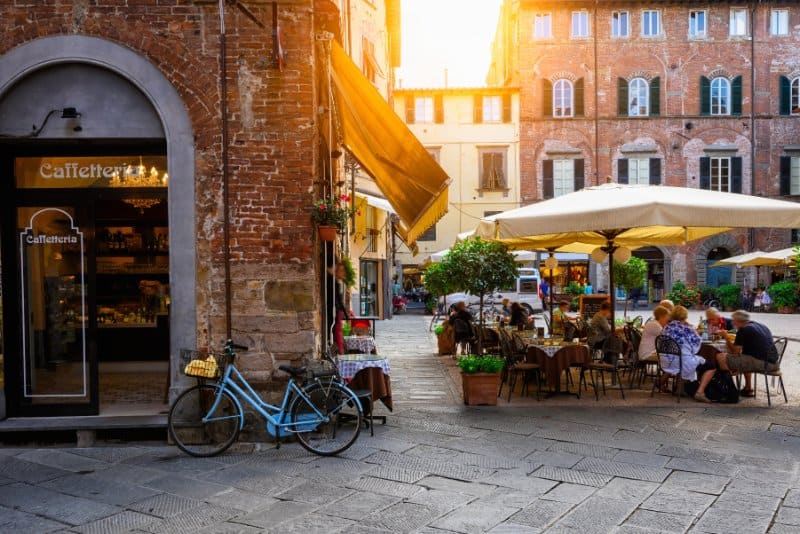
With so much to see and do in Italy, you’ll never run out of excitement and adventure during your trip. But that can also make it daunting to try to plan your trip and take advantage of as much as you possibly can while you’re in Italy. To help relieve some of this stress, we’ve come up with a couple of itineraries that will give you a perfect trip, depending on how much time you have.
With how much there is to do in Italy, it’s impossible to go over every potential itinerary out there. But we’ve come up with two that will give you an unforgettable trip. Let’s take a quick look at these options.
10 Days in Italy
This itinerary will take you from city to city from south Italy through north Italy all in 10 days. This is the perfect trip to see all of Italy, especially if you enjoy road-tripping! If you have more time, feel free to spend an extra day or two at any of the locations below!
- Day 1: Relax on the Amalfi Coast
- Day 2: Naples and Pompeii
- Days 3 & 4: Sightseeing in Rome
- Days 5 & 6: Driving through Tuscany and staying in Florence
- Days 7 & 8: Seeing the Leaning Tower of Pisa on the way to Cinque Terre
- Days 9 & 10: Heading to Venice and taking a gondola ride through the city
5 Days Along the Amalfi Coast
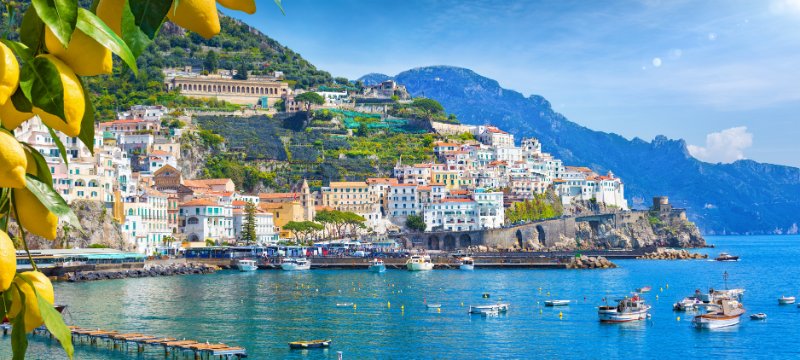
If you know that you want to spend your trip experiencing the beauty and serenity of the Amalfi Coast, here’s the best way to spend 5 days there:
- Day 1: Relaxing on the beaches in Positano
- Days 2 & 3: Exploring Amalfi and taking in the views from Ravello
- Days 4 & 5: Heading to Sorrento and spending a day on the island of Capri
Again, there is so much to do in Italy that it’s impossible to plan the perfect trip for everyone here. Just make sure you keep in mind how much time you have on your trip and don’t try to do too much, which is an easy trap to fall into. Enjoy your time and take in all the incredible beauty that Italy has to offer. It’ll be a trip you’ll never forget.
See Related: Best Time to Visit Venice, Italy
Tickets, Tours, and Attractions
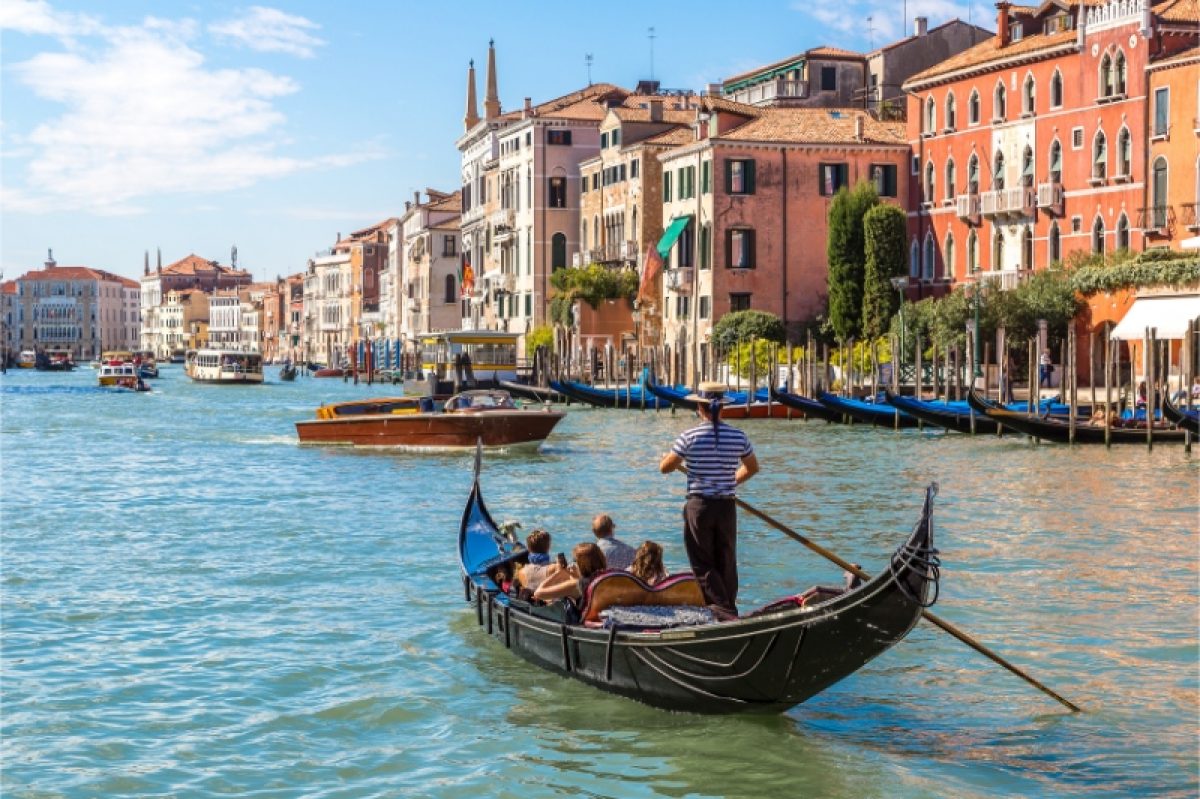
Any trip to Italy will likely include tickets to tours and attractions all over the country. Whether you’re visiting some of the world-famous attractions in Rome or lesser-known attractions elsewhere in the country, tickets to tours and attractions are just part of the trip. So it’s essential to know how to plan ahead while you get ready for your trip.
First and foremost, for nearly any attraction in Italy, but especially for the most popular ones — the Colosseum, the Vatican, The Last Supper, etc. — always look online ahead of time. If you book your tickets online in advance to many different tours and attractions throughout the country, you’ll get what’s known as “skip the line” tickets. These tickets allow you to skip the long ticket lines at the door and go straight to the attraction you have in mind.
Considering lines to many popular attractions in Italy can take hours and hours, this is well worth the extra effort to book ahead. To find tickets online for various tours and attractions, we like to use Tiqets or Viator. Both of these sites allow you to search for all sorts of tickets, read reviews about the tours/attractions, and get those coveted skip-the-line tickets.
See Related: Best Things To Do In Positano
Airport and Ground Transfers
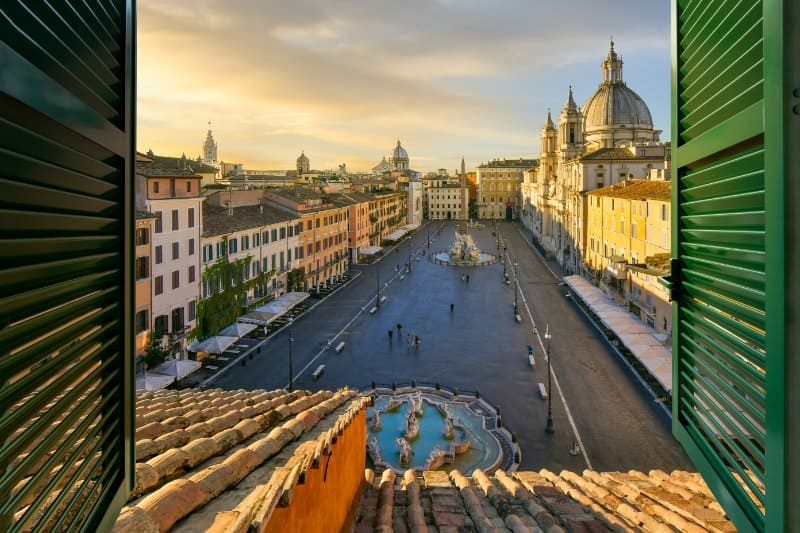
Once you arrive in Italy, you will need to find a way to get from the airport you flew into to your hotel so you can check-in. If you’re planning on booking a car at any point during your trip, consider booking one ahead of time for pickup at the airport, and you can drive yourself straight to your hotel from there. But if not, you’ll want to plan ahead and get your airport transfers ready to go.
Once you know which airport you’re flying into and where you’re staying, it’ll be easy to get a transfer from the airport to your hotel — or even one city to another. Some hotels (especially the upscale ones) will have their own airport shuttle service, but many will not. Taxis are always an option at the bigger airports but expect to pay a handsome fee for their convenience.
To get to your hotel, try using a company like Suntransfers to prebook a transfer from the airport to your hotel. Depending on your budget, you can book anything from coach up to a private limo. If you’re traveling from one city to another, look at the service known as Day Trip. They specialize in ground transfers from place to place.
But as mentioned previously, the easiest way really is to just rent a car for yourself. Costing as little as $6-$10 per day during low season, there’s almost no reason not to!
See Related: Best Things To Do In Parma, Italy
Accommodation In Italy
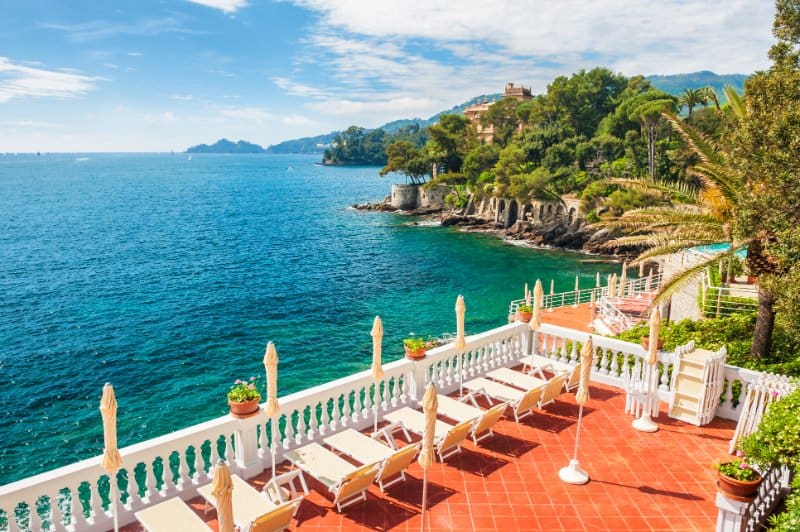
While you’re planning your trip to Italy, you need to decide where you’re going to be staying and how for many days and nights. All throughout Italy, you’ll find a seemingly endless supply of potential hotels, bed and breakfasts, villas, and more drawing your attention. So it might take a little bit of time and effort to nail it down, but we’re here to help.
One of the big things to decide on that will help finalize your plans for accommodations is how exactly you’re going to be enjoying your trip. Are you planning on staying in one major city as a sort of hub during your trip, or will you be floating from city to city and town to town and staying in a different place every night? Once you know that, it makes finding your perfect hotel much easier.
Of course, some of the most popular cities to stay in with lots of options include Rome, Florence, and Venice, but don’t forget about the many charming smaller cities and towns throughout the country. Places like Sorrento, Verona, and Lake Como offer great accommodations as well. Depending on which city you stay in and how much luxury you’re looking for, expect to find options ranging anywhere from $25 to $300+ per night.
See Related: Best Small Villas in Italy to Book Today
Money And Budget
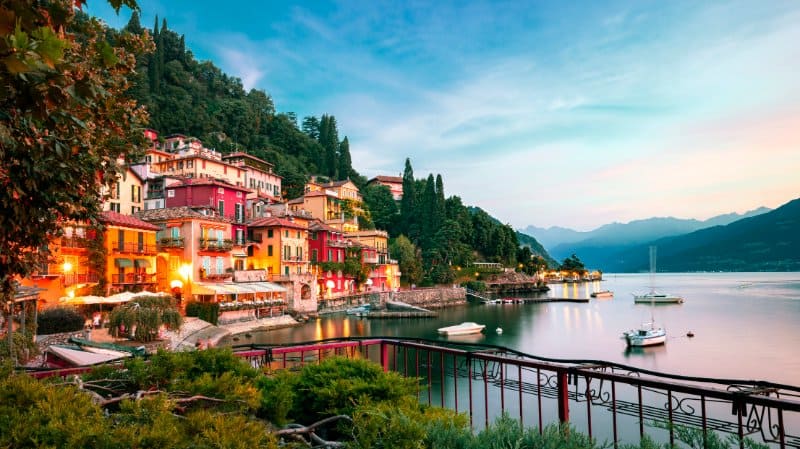
Depending on where you’re traveling from, you may need to take the time beforehand and get some money transferred over to Italy’s local currency, the Euro. But we don’t recommend taking too much cash with you just to be safe, as credit and debit cards are easier to use, and many are accepted worldwide.
If you plan on using debit or credit cards while you’re there, we suggest calling your card company before leaving and letting them know what you’re doing and where you’re headed. This is because many of the major banks and card companies out there will either charge for foreign transaction fees or deny your transaction if it randomly detects an international charge.
But if you call them ahead of time and explain to them the situation, they can make sure your card(s) will work and might even waive the fee! If you’re trying to budget for your trip, the first thing to do is start looking at flights to get there. Book early and keep your eyes open for deals to get the best bang for your buck. Besides flights, the hotel, Airbnb, or place you’re staying will likely be a close second.
Then just make sure you have enough money set aside to pay for food, drinks, snacks, tours, and anything else you and your family will be getting into. If you budget around $50-$75 per person per day, you should have no problem having enough. It’s better to estimate conservatively rather than run out of money!
Internet Access

In this day and age, traveling with little or no internet access is not nearly as common as it used to be. You likely will want access to mobile data or the internet so that you can look up things to do, use maps, or connect with friends and family back home on social media (even though Italy is so beautiful and there’s so much to do, many people do choose to disconnect).
But no matter what your plans or needs are, it’s important to keep this in mind while planning your trip. No matter where you stay in Italy, you will almost always have access to some sort of WiFi from the property you’re staying at, especially if you’re staying somewhere in any of the major cities or areas.
But if they don’t offer WiFi or you need access to it no matter where you are, then consider purchasing a portable WiFi device to use instead.
Basically a mobile hotspot, these devices can connect to local networks and provide you with a WiFi signal wherever you are. So if you have work to get done and need a reliable connection, be sure to grab on and bring it along for the trip.
If you think it’s no big deal and you’ll just use your phone and your mobile data, it is not that easy. To use mobile data in Italy, you’ll need to get a SIM card while there that works with your phone. Getting a SIM card in Italy is a process in and of itself, and once you do the card, it’ll have to work with your device.
This means that your phone cannot be locked to a carrier back in your home country. It needs to be unlocked and able to use a different SIM card.
See Related: Pagan Holidays Adopted by Christianity
Travel Insurance
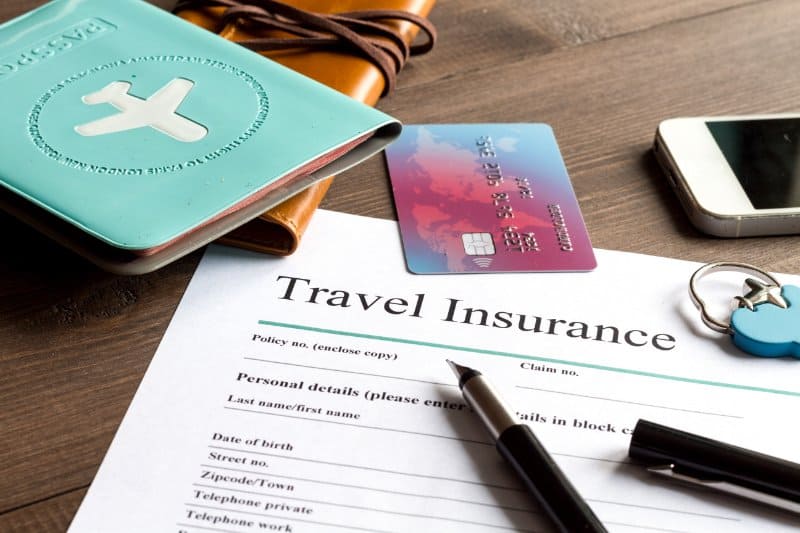
What if something happens over there while you’re visiting Italy? Maybe you or someone in your family gets sick or injured. Or something happens back home, and you need to head home.
Or there’s a natural disaster as your non-refundable trip is suddenly in jeopardy. It’s something that none of us ever want to consider as even possible, but travel insurance is very important to keep in mind. We recommend SafetyWing for affordable insurance coverage. If you want a custom quote, use TravelInsurance.com to get a tailored quote based on your travel needs.
The short answer to this question is yes. You want to get travel insurance if you’re planning your trip to Italy. Travel insurance can become invaluable for several potential emergencies or issues that arise, as mentioned above, but let’s take a look at a few of the key things that travel insurance is used for:
- Medical and repatriation services
- Trip interruption or cancellation
- Stolen or lost luggage
- Rental cars (damage, theft, insurance, etc.)
- Flight insurance
While all these are undoubtedly important for the insurance to cover, arguably the most important are the medical and repatriation services. This is important because even if your country has a health care agreement with Italy like many major countries do, those agreements do not cover everything. If there is emergency cancellation or unexpected repatriation required, these health care agreements do not cover those costs.
So for the relatively affordable cost of travel insurance, it’s well worth it for the peace of mind while you’re in Italy. If something were to happen, especially some sort of medical emergency, you don’t want to suddenly be in for extensive medical bills and repatriation services back to your home country. That would just be piling on the bad news. So book your travel insurance and hope that it ends up being a “waste” of money since you don’t need it. Like most insurance, it’s better to have and never use it than not to have it and need it.
See Related: Best Things To Do In Bellagio, Italy
Packing For Your Trip
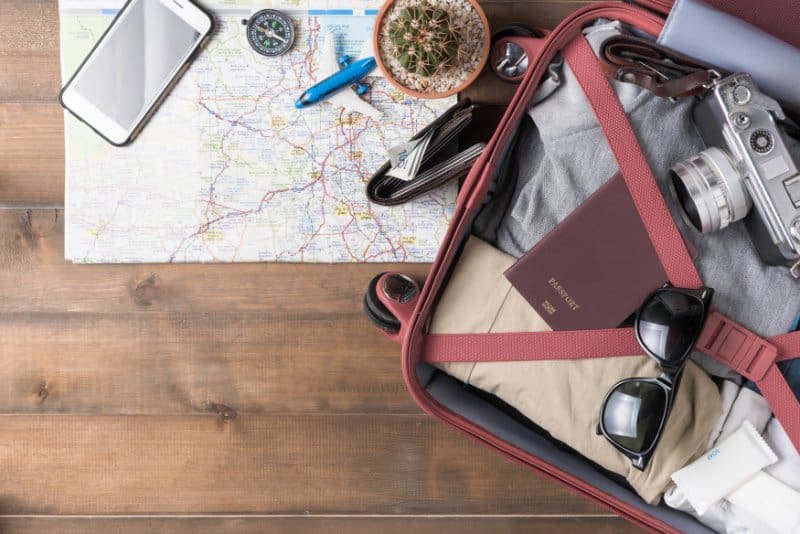
While packing for your trip will certainly depend on what time of year you’re going, there are a few things you’ll always want to be sure you have when you head to Italy. It can be stressful to think of all of this stuff on your own, so we’ve come up with a checklist of the most important items to make sure you pack.
As you’re getting your bags ready to go, make sure you have the following:
- Lightweight jacket or blazer — Although days are usually pretty mild, even in the winter, nights and mornings can get cool. A light jacket is generally more than sufficient.
- Comfortable shoes — A trip to Italy almost always involved a lot of walking around and exploring. So be sure you have some comfy shoes to wear!
- Camera — There’s so much to see in Italy, you never know when you’ll want to snap a picture!
- Water bottle — Italy is usually pretty warm, and you’ll be doing a lot of walking. It’s important to carry a water bottle on you to stay hydrated.
- Power converter — Depending on where you’re traveling from (the US, for example), your plugs will not plug directly into the wall outlets. You’ll need a power converter to plugin first, and then plug your devices into the converter.
- Charging cables — Make sure you can keep your cameras and phones charged while you’re exploring.
- Batteries — Backup batteries just in case you lose a charger or one stops working.
- Hat or sunglasses — It is the Mediterranean, so no matter when you travel to Italy, there will almost always be bright sunlight during the day.
While you will need more stuff depending on when you’re traveling, these are pretty much the non-negotiables of traveling to Italy. So use this as a checklist as you’re packing up!
Travel With Kids In Italy

If you are worried about traveling to Italy with kids, don’t be! Italy is one of the best places in the world to travel with children. Not only are the locals in Italy incredibly loving towards and welcoming of children, but they also travel for much cheaper than adults like yourself.
Kids get discounted rates all throughout Italy, whether it’s for transportation, dining, or attractions. So if you were thinking taking your kids would raise the cost of the trip way too much, think again! Not only are kids given discounts all over, Italian restaurants actually specialize in serving families with kids.
This is because they’ve come up with an ingenious way to handle the serving of the meal. While eating at most restaurants, they will serve your children their meal first — basically around the time when you would get an appetizer. This keeps them eating and entertained and allows you to then enjoy your own meal later instead of having to watch them eat at the same time.
So don’t have any fears about taking your kids along to Italy with you, as Italy is an incredible place for families to visit from all over the world!
Related Resources

0 Comment